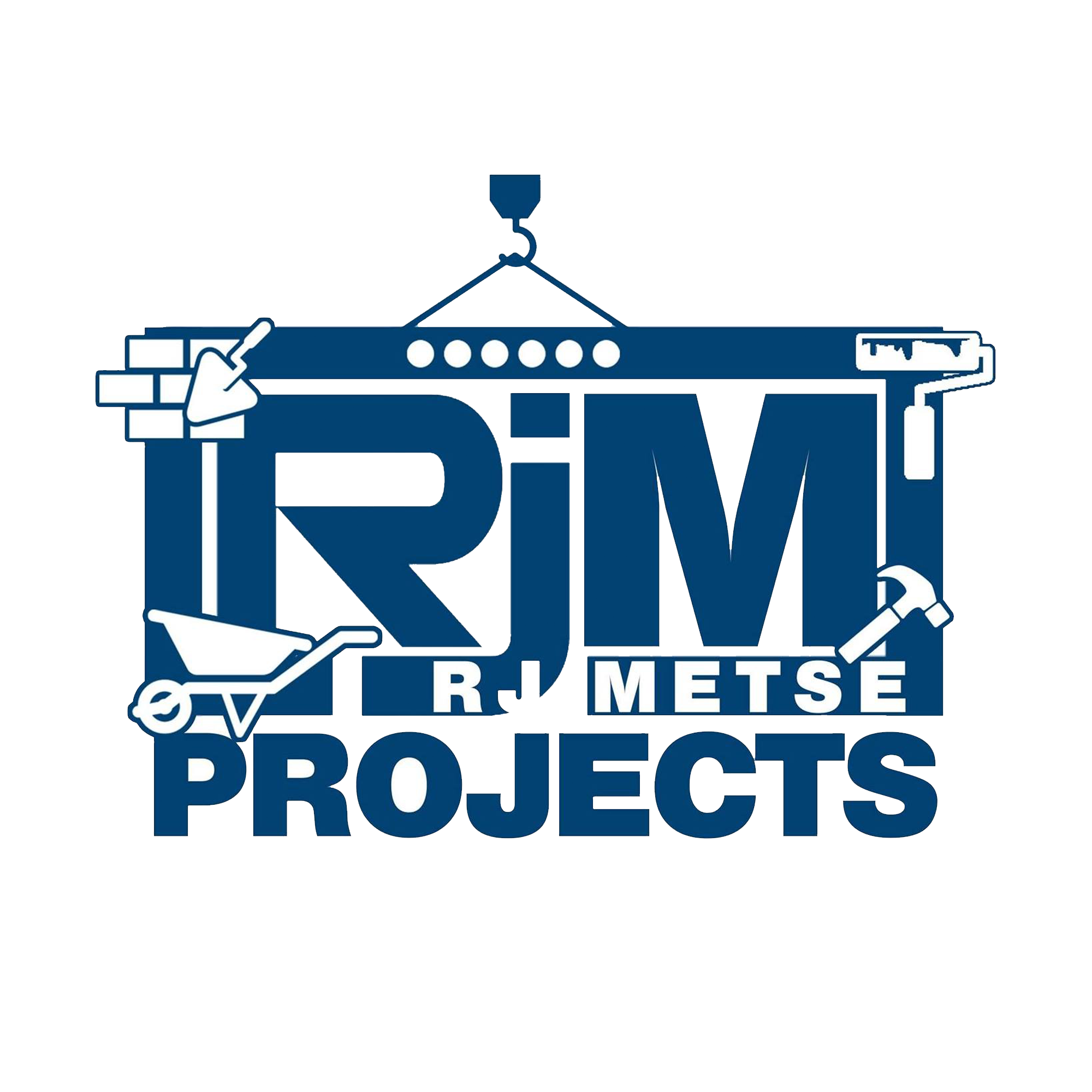Painting 101: A Beginner's Guide to Keeping Your Home Dry
As a homeowner, you understand the importance of maintaining a beautiful and well-maintained living space. One crucial aspect of home maintenance is painting. In this blog post, we'll delve into the basics of painting, exploring its benefits, types, and best practices for transforming your home's interior and exterior with a fresh coatn of color.
The Importance of Regular Maintenance for Painting Systems
Painting systems are designed to protect and enhance your home's appearance, but they require regular maintenance to ensure optimal durability and aesthetic appeal. In this article, we'll discuss the importance of regular touch-ups, common issues that can arise such as fading or peeling, and provide tips on how to keep your painted surfaces looking like new.
RJ Metse Projects: Your partner for Painting Solutions
At RJ Metse Projects, we specialize in providing top-notch painting solutions for homes and businesses. With years of experience and a team of experts, we're dedicated to delivering exceptional results that meet our clients' unique needs. Learn more about our services and how we can help you.
What is Interior Painting ?

Spray painting is a type of painting method that uses a sprayer to apply paint to a surface. It's a popular method for painting large, smooth areas such as ceilings, walls, and exterior surfaces, where a uniform finish is desired.
Materials Needed:
- Paint (in desired color and finish)
- Paint sprayer or roller
- Paintbrushes (various sizes)
- Paint tray or container
- Primer (recommended)
- Drop cloths or tarps
- Sandpaper or surface preparation tools (optional)
Step-by-Step Application Guide:
1. prepare the Surface: Ensure the surface is clean, dry, and free of debris. Sand the surface to create a smooth finish.
2. Apply Primer (Optional): If recommended by the manufacturer, apply a primer to the surface to enhance paint adhesion and coverage.
3. Apply Paint: Use a paintbrush, roller, or sprayer to apply the paint to the surface, working in sections to maintain even coverage.
4. Allow Paint to Dry: Let the paint dry completely according to the manufacturer's instructions, usually between 30 minutes to an hour.
5. Apply Additional Coats: If necessary, apply additional coats of paint, allowing each coat to dry before applying the next one
6. Finish and Touch-up: Once the final coat of paint is dry, inspect the surface for any imperfections or areas that need touch-ups.
Safety Precations
- Wear protective gear, including gloves, safety glasses, and a mask to prevent inhalation of paint fumes.
- Ensure the area is well-ventilated to prevent the buildup of paint fumes.
-Keep the area clear of flammable materials and sparks.
- Follow the manufacturer's instructions for the paint, primer, and any other materials being used.
- Use a ladder or step stool safely and securely to prevent falls
